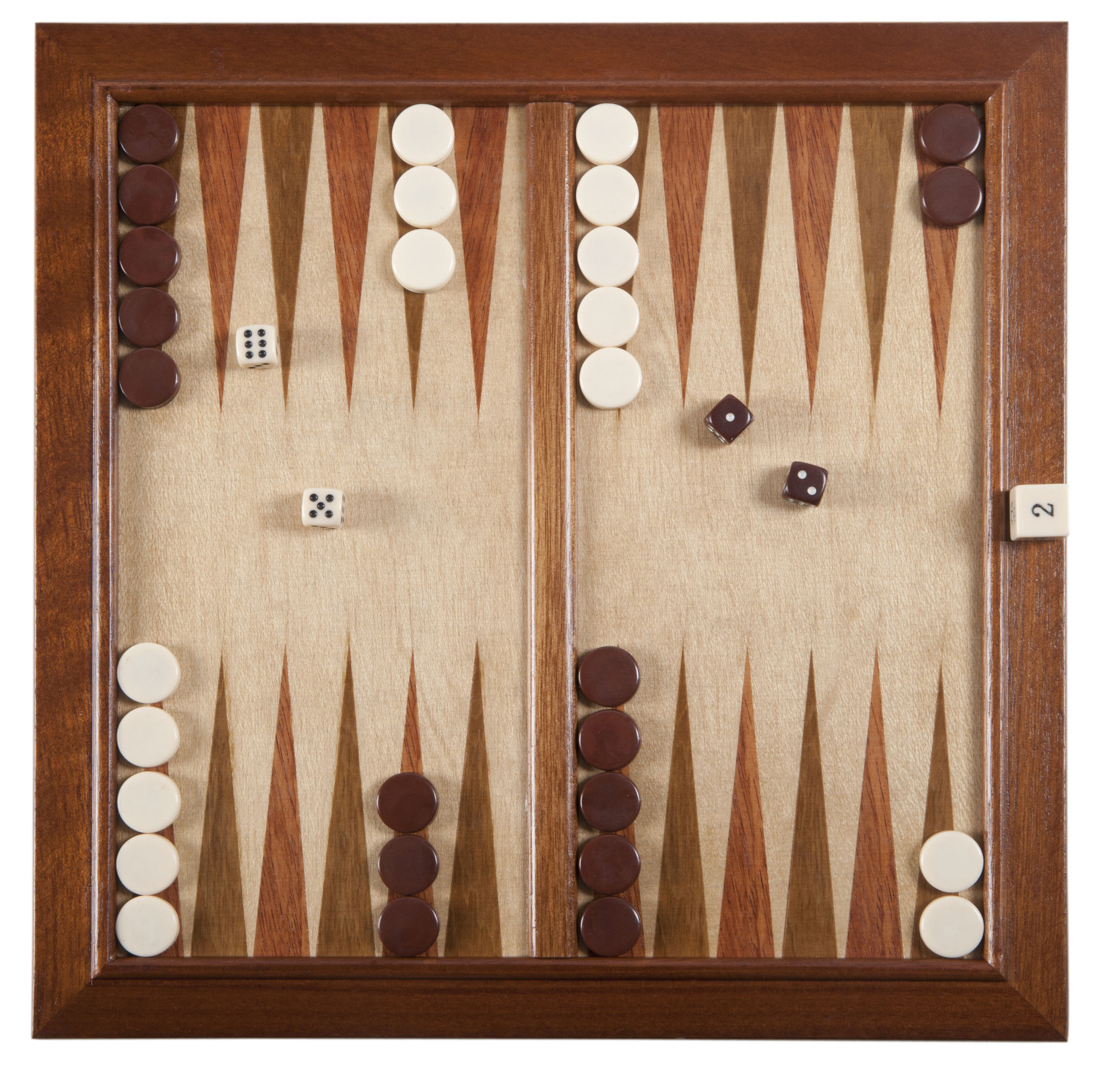Backgammon for Beginners: Essential Tips and Tricks
Understanding the Basics
Backgammon is a captivating board game that has been enjoyed for centuries. It's a game of strategy, skill, and a little bit of luck. For beginners, understanding the basic setup is crucial. The board consists of 24 narrow triangles called points, and each player has 15 pieces, known as checkers. The objective is to move all your checkers into your home board and then bear them off before your opponent.

Players take turns rolling two six-sided dice and move their checkers according to the numbers rolled. Each die represents a separate move, allowing for strategic flexibility. A player must use both numbers rolled if possible. If a checker lands on a point occupied by a single opponent checker, it hits the opponent's checker, sending it to the bar.
Strategic Moves
In backgammon, developing a solid strategy can greatly enhance your chances of winning. One essential tactic is to establish a strong home board. This makes it difficult for your opponent to enter from the bar. Another effective strategy is to create anchors—points occupied by two or more of your checkers in your opponent's home board—to disrupt their movement.
Blocking your opponent is another key aspect of backgammon strategy. By occupying consecutive points, you can create a blockade that limits your opponent’s options. Understanding these moves can provide a competitive edge over less experienced players.

The Importance of Doubling
Unlike many other board games, backgammon involves an element of gambling through the doubling cube. The doubling cube has six faces marked with the numbers 2, 4, 8, 16, 32, and 64. During the game, players can propose doubling the stakes. If accepted, the cube is turned to show the new stakes, and the proposer becomes the owner of the cube.
Knowing when to double is crucial for beginners. It adds a layer of strategy to the game, as accepting or declining doubles can be pivotal. Always weigh the risks and potential rewards before making a decision.
Practicing Good Etiquette
Backgammon isn't just about strategy; it’s also about sportsmanship. When playing with others, it's essential to maintain good etiquette. Be respectful of your opponent, and remember that while backgammon can be competitive, it should also be fun for everyone involved.

Make sure to observe polite game practices such as not gloating over a win or sulking over a loss. Keep conversations friendly and light-hearted, and always congratulate your opponent on their gameplay.
Helpful Tips for Beginners
As you start playing backgammon, here are a few tips to keep in mind:
- Practice regularly: The more you play, the better you’ll understand the game’s nuances.
- Study different strategies: Learn various strategies and try them out in different games to see what works best for you.
- Stay patient: Like any skill, becoming proficient at backgammon takes time and practice.
By following these tips and applying the strategies discussed, you'll find yourself improving and enjoying this timeless game even more.
